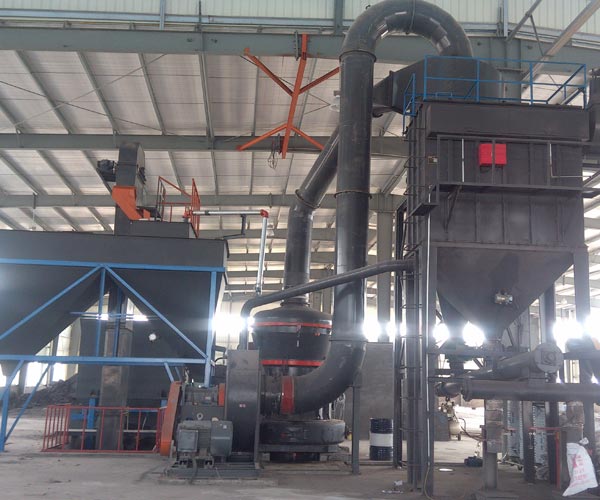
The manufacturing process of talcum powder is a meticulously orchestrated series of steps, each with its unique significance in producing a high-quality product. From the mining and extraction of talc to the final drying and milling processes, every stage plays a critical role in ensuring that the talcum powder meets the strictest standards of purity, consistency, and safety.
24 Online Service
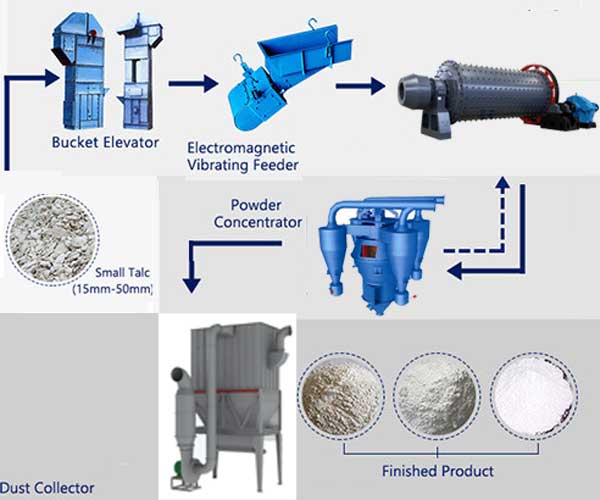
Talcum powder has been a staple in personal care and cosmetic products for centuries. Known for its silky texture and absorbent properties, it serves a variety of purposes, from keeping skin dry and preventing chafing to enhancing the smoothness of cosmetic applications. However, the production of high-quality talcum powder is not a simple endeavor; it involves a precise and intricate manufacturing process that ensures the safety and efficacy of the final product.
The journey of talcum powder begins deep within the earth’s crust, where talc deposits are found. Talc is a naturally occurring mineral, primarily composed of magnesium, silicon, and oxygen. Mining operations extract talc from underground or open-pit mines. The extracted ore is then transported to processing facilities.
The significance of this step lies in the selection of high-quality talc deposits. Talc purity is essential, as any impurities can compromise the final product’s safety and effectiveness. Mined talc must undergo rigorous testing to ensure it meets industry standards.
Once the raw talc ore arrives at the processing facility, it undergoes crushing and grinding to reduce it to a fine powder. This process liberates talc particles from the surrounding rock and prepares them for further purification. Crushers and mills are used in this stage, and the resulting talc powder is still relatively coarse.
The importance of crushing and grinding is to break down large talc rocks into smaller particles, making it easier to purify and refine the talc. The consistency and texture of the final product are directly influenced by the quality of this initial milling process.
Purification is a critical step in the talcum powder manufacturing process. At this stage, the milled talc undergoes a series of processes to remove impurities, such as iron, aluminum, and other minerals. These impurities can negatively affect the final product’s color, texture, and safety.
One common method of purification is magnetic separation, which isolates magnetic impurities from the talc. Additionally, chemical treatments, like flotation and leaching, can be employed to further refine the talc and ensure its purity.
The significance of purification cannot be overstated, as high-quality talcum powder should be free from any contaminants that might cause irritation or adverse reactions when applied to the skin.
Depending on the intended use of the talcum powder, additional ingredients may be mixed with the purified talc. These ingredients can include fragrances, antibacterial agents, or other additives to enhance the product’s properties. For example, in some cosmetic products, talcum powder is mixed with pigments to create tinted powders or foundation.
The importance of this step lies in tailoring the talcum powder to its intended purpose while maintaining product consistency. Precise measurements and thorough mixing ensure that the added ingredients are evenly distributed, enhancing both the performance and appeal of the final product.
After the talc has been purified and any additional ingredients have been incorporated, the mixture is subjected to drying and milling processes. Drying removes any remaining moisture, while milling grinds the talcum powder to the desired fineness.
The drying process is crucial to prevent the growth of microorganisms and maintain the product’s stability during storage. Proper milling ensures the powder’s smooth texture, which is a hallmark of high-quality talcum powder.
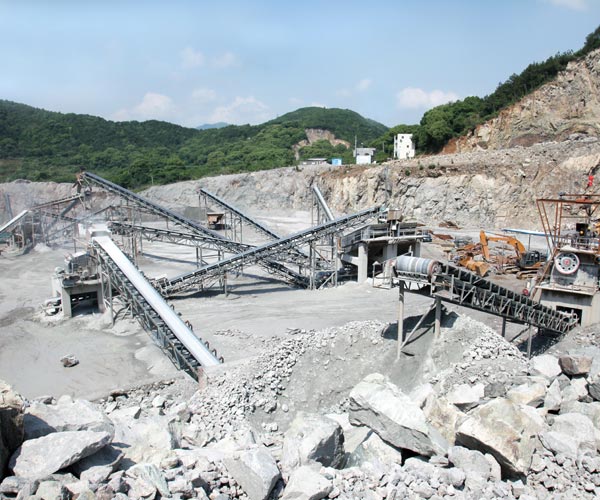
Crushers and grinding equipment play a pivotal role in this journey from raw talc ore to the refined product that meets stringent quality standards.
Talc processing begins with the extraction of raw talc ore from mines. This ore typically contains a mixture of talc, other minerals, and impurities. The goal of talc processing is to isolate and refine the talc mineral to meet the specific requirements of various industries. Crushers and grinding equipment are instrumental in achieving this objective.
Crushers are machines designed to break down large chunks of raw talc ore into smaller, manageable pieces. This initial size reduction is essential because it makes subsequent processing steps more efficient. Primary crushers, such as jaw crushers and gyratory crushers, are commonly used in talc processing. These crushers reduce the ore to a size suitable for further grinding.
Grinding is the next crucial step in talc processing. After the ore has been crushed, it undergoes further reduction in size through grinding. This process transforms the talc ore into fine particles, which are essential for the desired properties in various end products.
There are various types of grinding equipment employed in the talc processing industry. Ball mills, Raymond mills, and hammer mills are some of the most commonly used options. Ball mills are efficient for achieving a uniform particle size distribution, while Raymond mills are known for their precise and controlled grinding. Hammer mills are versatile machines that can be used for both coarse and fine grinding.
Several techniques and equipment are employed in the refinement and purification of talc:
Froth flotation is a common method used to separate talc from other minerals and impurities. In this process, chemicals and air bubbles are introduced into a slurry of talc ore, causing the talc to float to the surface while unwanted minerals sink. This separation is critical for obtaining high-purity talc.
Magnetic separation is used to remove magnetic impurities from talc ore. High-intensity magnetic separators can effectively remove iron-containing impurities, which can otherwise affect the color and purity of talc.
Air classifiers are used to separate talc particles based on their size and density. This process further refines the particle size distribution and ensures uniformity.
Chemical treatments may be applied to further enhance the purity of talc. Acid leaching or surface modification can be used to remove surface impurities and improve the talc’s performance in specific applications.
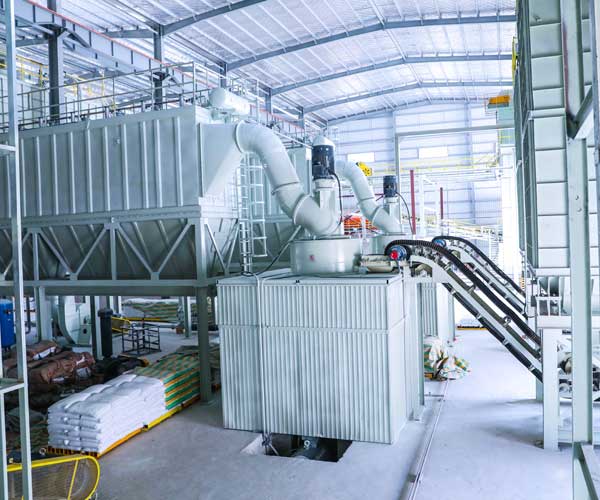
Two key aspects in talcum powder production are mixing and blending equipment, which create the desired product properties, and drying and milling equipment, which refine the powder to its finest form.
Mixing and blending equipment serve as the foundation of talcum powder production, enabling manufacturers to achieve the desired product properties. The primary ingredient in talcum powder is talc, a naturally occurring mineral known for its softness and ability to absorb moisture. However, to meet specific product requirements, talc is often mixed with various additives and ingredients, each contributing to the final product’s characteristics.
Once the talcum powder mixture is well-blended, the next critical stages in production are drying and milling. These processes are responsible for reducing the moisture content and refining the particle size of the powder.
In the drying process, the blended mixture is exposed to controlled heat to remove moisture content. Removing moisture is essential to prevent clumping and microbial growth during storage. Manufacturers typically use rotary dryers or fluid bed dryers, where hot air circulates through the product bed, gently evaporating moisture.
After drying, the talcum powder undergoes a milling process to reduce particle size and achieve the desired texture and fineness. Milling equipment such as ball mills, jet mills, or hammer mills is employed for this purpose. The choice of equipment depends on the specific product requirements and the desired particle size distribution.
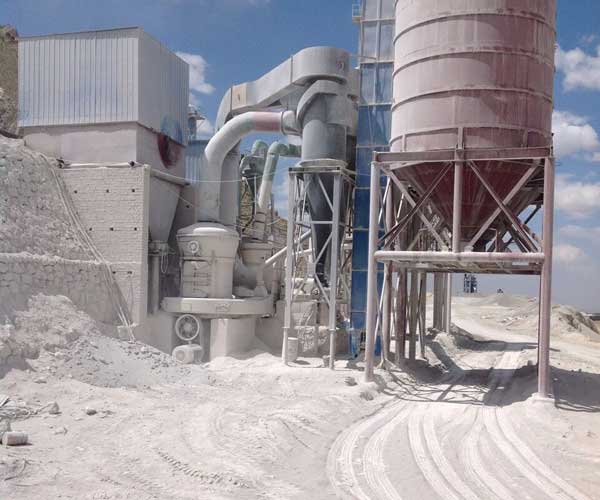
Talcum powder production is a multi-step process that begins with mining and ends with packaging. While the earlier stages involve extraction, purification, and milling of talc, the final stages are equally significant as they determine the product’s quality and safety.
Once talc ore is extracted and purified, it undergoes grinding and blending to achieve the desired texture and particle size. This step is crucial in ensuring that the powder is fine and smooth, making it suitable for its intended use. The grinding process also eliminates impurities and contaminants, contributing to the product’s quality.
Some talcum powders are scented to provide a pleasant fragrance when applied. Perfuming is done carefully to avoid clumping and to ensure an even distribution of the fragrance throughout the powder. The choice of fragrance and its concentration can affect the product’s appeal to consumers.
Quality control is integrated into every stage of the production process, but it becomes particularly meticulous during the final stages. Before packaging, samples of talcum powder are rigorously tested to ensure they meet the established quality standards. These tests may include assessments of particle size, moisture content, pH levels, and fragrance concentration. Any variations from the desired specifications can lead to adjustments or, in extreme cases, rejection of the batch.
The safety of talcum powder products is a top priority for manufacturers. Several safety measures are put in place to guarantee the integrity of the final product:
Talcum powder production facilities maintain strict hygiene standards to prevent contamination. Employees follow stringent cleanliness protocols, wear protective clothing, and adhere to good manufacturing practices (GMP) to minimize the risk of foreign substances entering the production process.
The quality of talc ore is vital, and manufacturers carefully screen and select their suppliers to ensure the purity and safety of the raw materials. Ongoing supplier audits and inspections help maintain consistent material quality.
Packaging is a critical step in the talcum powder production process. Automated packaging systems are often used to minimize human contact and reduce the risk of contamination. These systems can accurately measure and fill containers, ensuring that each product contains the specified amount of powder.
Dedicated quality control laboratories are equipped with advanced testing equipment to evaluate product quality and safety. These labs conduct routine tests on samples from different batches to identify any deviations from established standards.
Manufacturers implement batch traceability systems to track the production and distribution of each batch of talcum powder. In case of any quality or safety concerns, this system allows for rapid identification and removal of affected products from the market.
Our Projects
Copyright © ZENITH, All Right Reserved.
